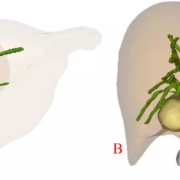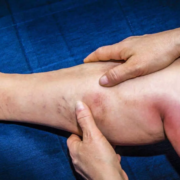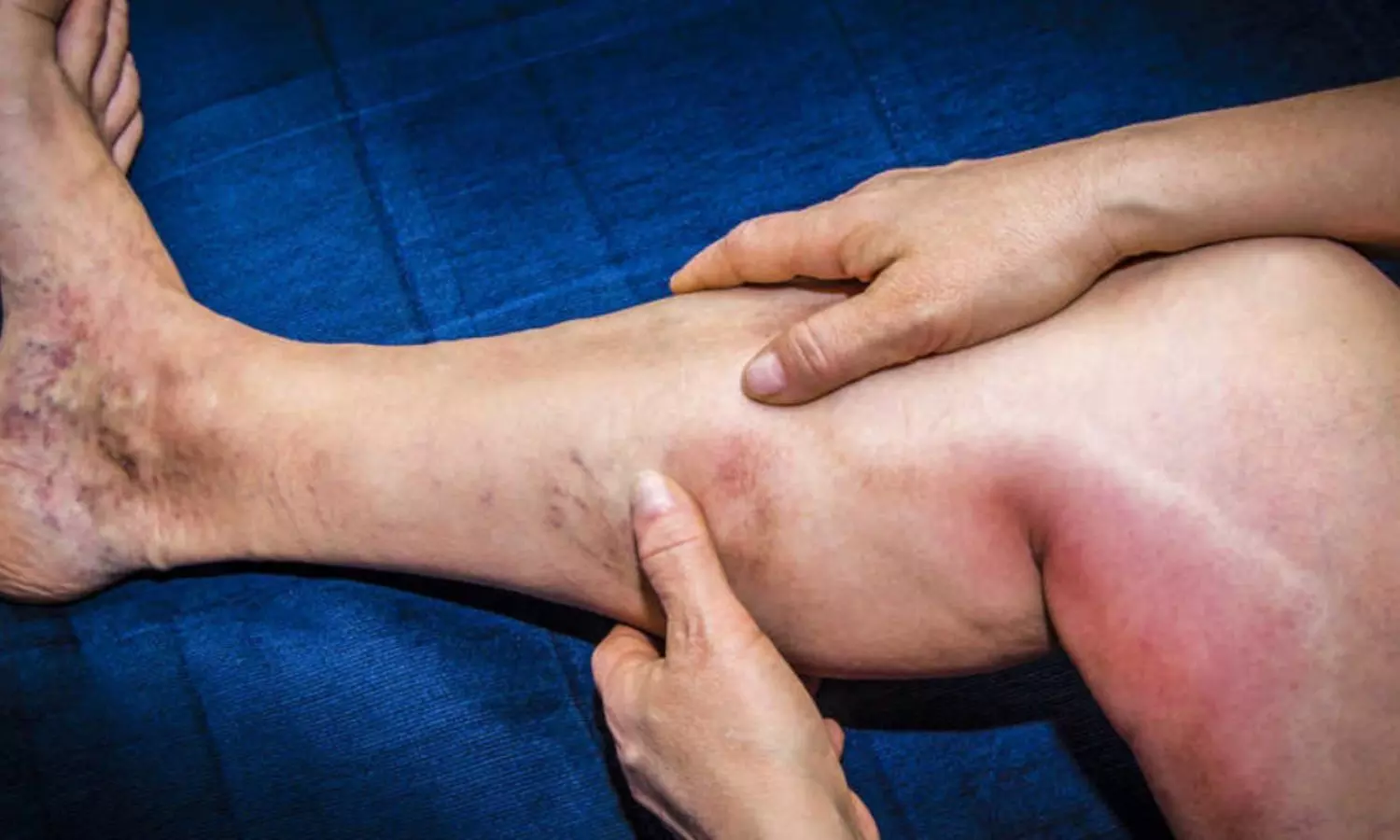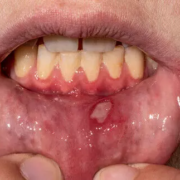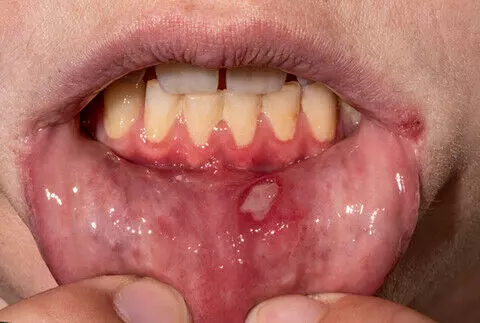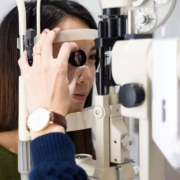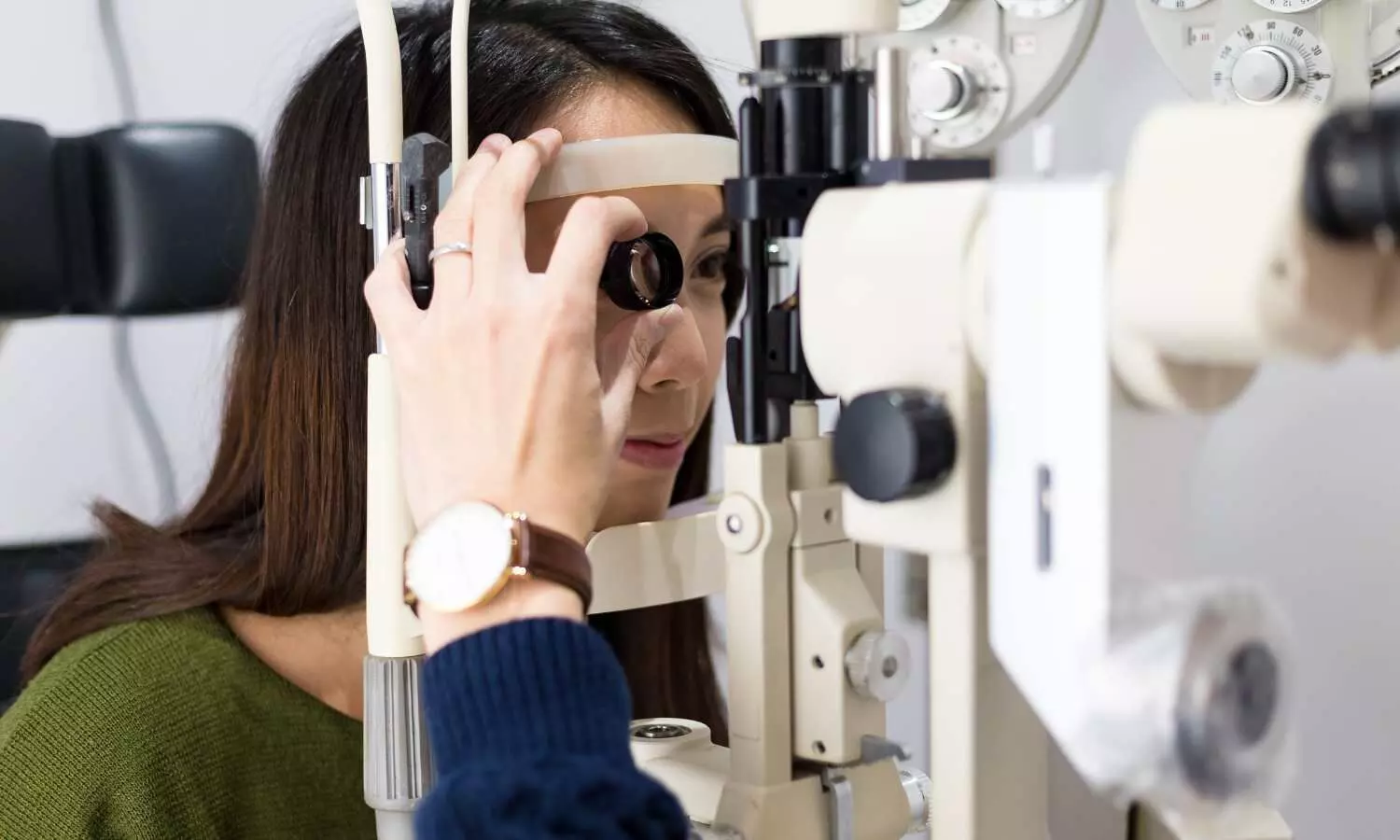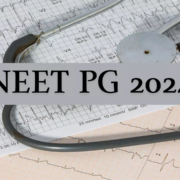Application of 3D visualization technology facilitates repair of bile duct injury during laparoscopic cholecystectomy: Study
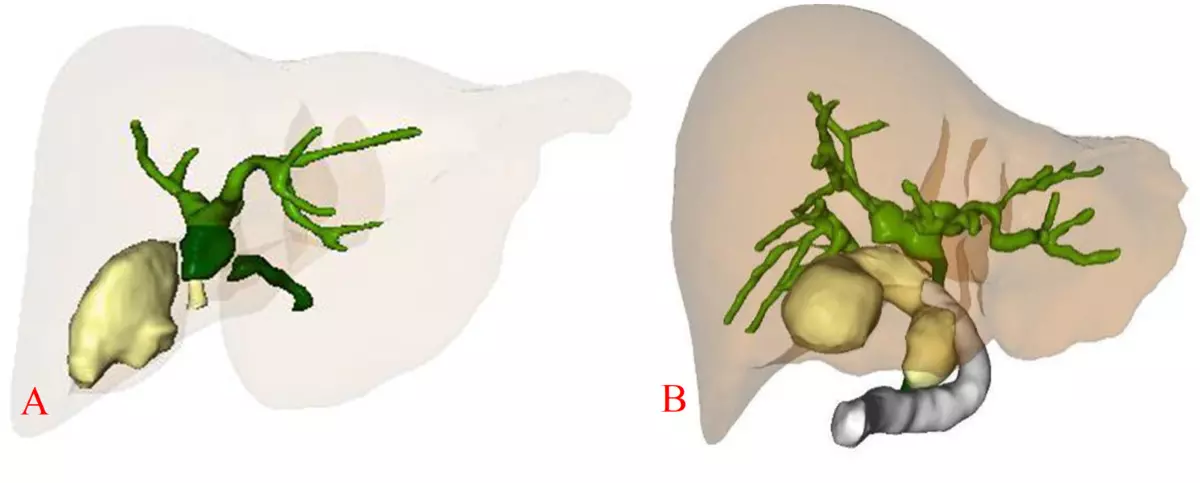
Application of 3D visualization technology facilitates repair of bile duct injury during laparoscopic cholecystectomy suggests a study published in the BMC Surgery.
This study aimed to explore the application value of three-dimensional (3D) visualization technology in the early surgical repair of bile duct injury during laparoscopic cholecystectomy (LC). A retrospective analysis was conducted on the clinical data of 15 patients who underwent early surgical repair of bile duct injury during LC with the assistance of 3D visualization technology at the Hepatobiliary Surgery Department of Ningxia Hui Autonomous Region People’s Hospital from January 2019 to December 2022. Postoperative efficacy and long-term follow-up outcomes were summarized. Results: Before the repair surgery, 15 cases of bile duct injury during LC were evaluated using 3D visualization technology according to the Strasberg-Bismuth classification: 2 cases of type C, 4 of type E1, 3 of type E2, 3 of type E3, and 3 of type E4. Intraoperative findings were consistent with the 3D visualization reconstruction results, and all patients successfully underwent hepaticojejunostomy using Roux-en-Y anastomosis guided by the 3D visualization navigation. The time interval between LC and bile duct repair surgery ranged from 5 to 28 (14.2 ± 9.7) days. The surgical time was between 120 and 190 (156.40 ± 23.92) min, and estimated blood loss ranged from 80 to 250 (119.66 ± 47.60) mL. The length of hospital stay ranged from 12 to 25 days (median: 16 days). One patient experienced mild bile leakage after the operation, which healed with conservative treatment. All patients were followed up for 12–56 months (median: 34 months) without any loss to follow-up. During the follow-up period, no complications, such as anastomotic stricture or stone formation, were observed. The application of 3D visualization technology for preoperative evaluation and intraoperative navigation can accurately and effectively facilitate early surgical repair of bile duct injury during LC and has clinical value for promotion and application
Reference:
Yang, Z., Liu, J., Wu, L. et al. Application of three-dimensional visualization technology in early surgical repair of bile duct injury during laparoscopic cholecystectomy. BMC Surg 24, 271 (2024). https://doi.org/10.1186/s12893-024-02571-4
Keywords:
Application, 3D, visualization, technology, facilitates, repair, bile duct, injury, during, laparoscopic, cholecystectomy, study, BMC Surgery, Yang, Z., Liu, J., Wu, L.
Powered by WPeMatico

